This article was prepared for an edition of the Spectacular Slovakia travel guideand was published in the travel guide Slovakia.
UNESCO sites in Slovakia
CULTURAL SITES
Banská Štiavnica (historical centre and technical monuments in surroundings)
Bardejov
Levoča, Spiš Castle and sights in Spišské Podhradie and Žehra
Vlkolínec
Wooden churches (Greek Catholic: Ruská Bystrá, Ladomírová, Bodružal; Roman Catholic: Tvrdošín, Hervartov; Protestant: Kežmarok, Hronsek, Leštiny)
NATURAL SITES
Caves and gorges of the Slovak Karst (Caves accessible to the public: Dobšinská Ice Cave, Domica, Gombasecká, Jasovská, Krásnohorská, Ochtinská aragonitová and Silická ľadnica)
Carpathian Primeval Beech Forests in Poloniny and Vihorlat (Havešová, Rožok, Stužica, Vihorlat)
Perched on the altar of the wooden articular church in Leštiny, in Žilina Region of northern Slovakia, are two figures unique in Christian iconography. In the early 1990s, after the fall of the communist regime, a spate of looting in some of Slovakia’s historical monuments accounted for the original, priceless versions of two statues of the brothers Aaron and Moses, which had stood in the church for hundreds of years. Wounded by their loss, the villagers of Leštiny commissioned a local carver to replace the artefacts, and he went to work to produce something vaguely akin to the prized and delicate whittlings of his artisan predecessors.
When the figures were completed, it mattered little to most parishioners that the carver had taken as models two slightly less than traditional forms. The result was that when Leštiny was added to the UNESCO World Heritage List in 2008, the statues of Aaron and Moses became the only UNESCO-protected garden gnomes in the world.
It was, of course, not exclusively the gnomic figures that attracted UNESCO to Leštiny. Rather the magnificent hilltop church in which they stand, which dates from the 17th century, is one of eight Wooden Churches of the Slovak part of the Carpathian Mountain Area that in 2008 earned inscription on UNESCO’s prestigious list of cultural sites. Since its inception in 1972, the UNESCO World Heritage List has offered conservation and preservation to sites both natural and man-made, from the modern and ancient worlds, in 153 countries in all corners of the globe, including seven listings in Slovakia.
Inscription is an internationally recognised indicator of value and importance, which safeguards heritage, attracts tourists and can elevate even the smallest site to global significance.
Inscription on the list
“Some wooden churches listed with UNESCO are situated in villages of 50 people; little, little villages,” said Milan Dudáš, the historian who single-handedly persuaded UNESCO to inscribe Slovakia’s wooden churches. “These people are very proud.”
As is fitting for a list of such prestige, UNESCO does not come looking for its new inclusions, but in fact forces potential bidders to persuade its committees that a site warrants consideration. The process is arduous and expensive for even the most financially sound governments and organisations, but it can sometimes be a process undertaken by far smaller groups, often working voluntarily and driven only by personal passion.
“If I had known at the beginning how difficult this would be, I would have never done this project,” said Dudáš, who secured the wooden church inscription in 2008. “It was a lot of work and trouble… to fill in the UNESCO forms, follow the operational guidelines. It was absolutely horrible at times.”
Dudáš’s mission to get Slovakia’s wooden churches recognised by UNESCO took close to 10 years’ planning and necessitated an unquantifiable amount of research, administration, and bureaucratic wrangling.
Why wooden churches?
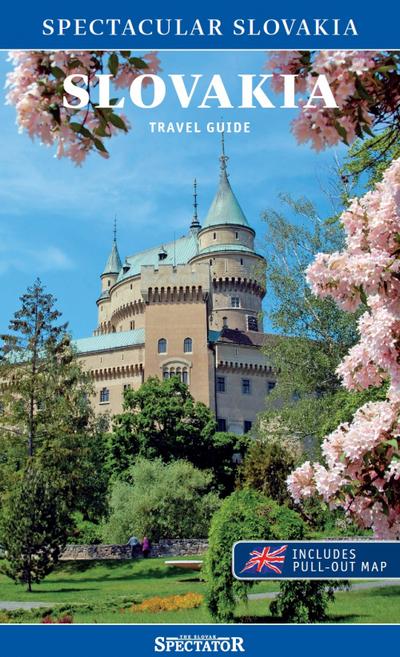 A helping hand in the heart of Europe - Slovakia travel guide.
A helping hand in the heart of Europe - Slovakia travel guide.
Everything began in Norway in 1998, where Dudáš was studying wood conservation technology at the country’s only inscribed wooden church, in Urnes: “I thought, in Slovakia, we have a lot of wooden churches. I was born in a village where there was a wooden church, but we know so little about them.”
He became both an expert and an educator on the subject before launching a plan to have the churches recognised by UNESCO, first deciding on his own criteria for consideration before wrestling with the organisation’s further detailed requirements.
“I decided to choose only living wooden churches,” Dudáš said, meaning those used for regular services. “For me, a church is a building that was built for people.”
Some parishes in Slovakia were keener than others for inclusion. Typically, church officials worried they would be forced to cede autonomy or be discouraged from using the churches for their original purpose. Others feared a return to the days of the previous regime, when an invisible authority undermined individual control. Some just didn’t want the hassle.
Where possible, Dudáš sought compromise, permitting, for instance, the retention of the much-loved gnomes even during the visit of inspectors from the advisory International Council on Monuments and Sites (ICOMOS). Eventually he finalised a list of eight wooden churches, from about 60 in Slovakia, listing those in Kežmarok, Hervartov, Hronsek, Bodružal, Tvrdošín, Ladomirová, Ruská Bystrá and Leštiny. The churches bridge three faiths and encompass 500 years of history. They are beautiful constructions, showcasing precocious architectural skill and burnished with interior design that remains startling even by contemporary standards.
Since inscription, the churches have become some of Slovakia’s proudest and most iconic sites. The country now has a legitimate voice in international discussions and knowledge exchange about wooden churches.
Although Dudáš’s tale is unusually centred on one man’s tireless efforts, other UNESCO sites in Slovakia share similar stories of the exhaustive bidding process.
How Levoča get in UNESCO?
In 2002, officials in the wonderfully preserved medieval town of Levoča, home of the ace-carver Master Paul, began the process of bidding for the town’s inclusion on the list requesting that UNESCO expand the inscription of the nearby Spiš Castle and associated monuments to include the region’s de facto capital.
But even though Levoča was seeking merely an extension to an existing inscription, the effort required was immense.
“A whole team worked on it, not just one person,” said Ivan Dunčko, former director of Tourism and Development in Levoča in an interview a few years after the town was inscribed on the list.
In his office overlooking the town’s pristine square, Dunčko heaved from a shelf a monstrous red box stuffed with files of paperwork, written in English, and bundles of maps, reports and other loose documents.

“This is the entry into UNESCO, plus one similar file full of aerial maps. It is about the state of protection of monuments, natural protection, about churches, air in the churches, factors of menace.
We checked everything from seismic activities to wind, rains, floods. We moved these documents through the Foreign Ministry, the Culture Ministry to the centre of the World UNESCO Heritage.”
During the assessment process, inspectors from ICOMOS visited Levoča both officially and incognito - “I got the impression they knew Levoča better than us. They poked around the whole place.”
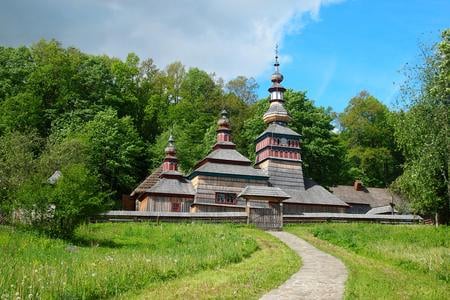
Exclusive clubs tend to have strict rules, though, and much like the restrictions on the upkeep of a church, UNESCO also keeps close tabs on developments in Levoča. Business and residence owners in the UNESCO zone are prohibited from making significant structural changes to their buildings, and even something as ethereal as the panorama of the town, viewed from the road to Poprad, is officially protected.
Some critics claim that a prohibition on development can only inhibit the town’s progress, particularly in a poor economic climate. And although hotel bookings and visitor numbers in Levoča have increased since the inscription, according to Dunčko, there remains a lingering fear that UNESCO sites can lose their functionality.
Our Spectacular Slovakia travel guides are available in our online shop.
Life in Vlkolínec
The fear of a living village being turned gradually into a museum is never more evident than in Vlkolínec, the picture-book hamlet in the foothills of the Veľká Fatra mountain range. A handful of permanent residents of Vlkolínec have grown frustrated by an influx of insensitive visitors apparently incapable of believing they are not in a particularly authentic, open-air tourist attraction.
Vlkolínec was inscribed in 1993, with UNESCO praising its 45 or so timber cottages as “the best preserved and most comprehensive set of traditional vernacular buildings in the Slovak Republic”. And its otherworldly charms are certainly more evocative of one of Slovakia’s countless skanzens than they are a habituated town: a gentle brook tumbles down its central street, babbling through cobbles, past a couple of benches and flanked by low, wooden cottages outside of which are lined woodpiles and rickety fences, and sometimes “villagers” displaying local crafts.
Satellite dishes might hang from the gables, pointing to modern inhabitation, but the town store is predominantly a souvenir shop and adjoins a tiny museum of traditional artifacts.
Slovak UNESCO caves
UNESCO inclusion might guarantee a procession of tourists desperate to touch what is valued specifically for being untouched. It is a problem shared by some of Slovakia’s caves, including those in the Slovak Karst, which have been included on the UNESCO list since 1995.
Cave management raises some particularly vexing quandaries, most notably how to exhibit Slovakia’s spectacular underground treasures but also protect them from damage. The most reliable method, of course, is to keep them sealed, but unseen wonders might as well be trees falling unheard in the woods.
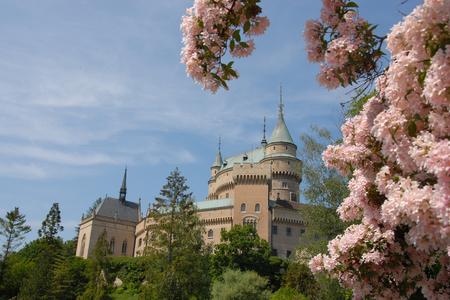
Instead, in the Krásnohorská Cave, visitors are offered as close to an authentic spelunker’s experience as possible, kitted in overalls, hard-hats and mining lamps and guided along balance wires, through crevices and clambering up ladders until reaching the magnificent central stalagmite, one of the biggest in the world.
In Domica, tourists exchange their euros for a bewitching float along a subterranean river, gliding through Slovakia’s largest cave. And in Ochtinská, a smooth concrete path leads visitors past a series of fragile, unique aragonite formations resembling the spindly tendrils of sea urchins or birds’ nests. None are immune, though, to busy hands, which have been known to carry away souvenirs. It typically takes less than a second to break off a stalactite that has taken millions of years to form.
All Slovak UNESCO caves are located in eastern Slovakia and described in detail in our Košice region guide.
There is not much UNESCO can do to safeguard against such vandalism, save to encourage education and continue to offer funding for conservation efforts. Even Dudáš, who is at once a scientist, historian, author and pre-eminent authority on the conservation of wooden churches, could offer only one uncertain method when asked how to defend Slovakia’s heritage from destructive forces such as fire. “Pray?” he said.
Recent additions include archaeological finds from the ancient Roman period of Limes Romanus on the middle Danube. In Slovakia, these are localities in Bratislava-Rusovce and in the village of Iža.
What could be next ?
The UNESCO website features a tentative list with monuments and sites once submitted for inclusion with some still awaiting their fate. The list includes, for example, the Memorial of Chatam Sófer in Bratislava, the concept of the lenticular historical town core of Košice City and the Geyser in Herľany.
Spectacular Slovakia travel guides
A helping hand in the heart of Europe thanks to the Slovakia travel guide with more than 1,000 photos and hundred of tourist spots.
Our detailed travel guide to the Tatras introduces you to the whole region around the Tatra mountains, including attractions on the Polish side.
Lost in Bratislava? Impossible with our City Guide!
See some selected travel articles, podcasts, traveller's needs as well as other guides dedicated to Nitra, Trenčín Region, Trnava Region and Žilina Region.

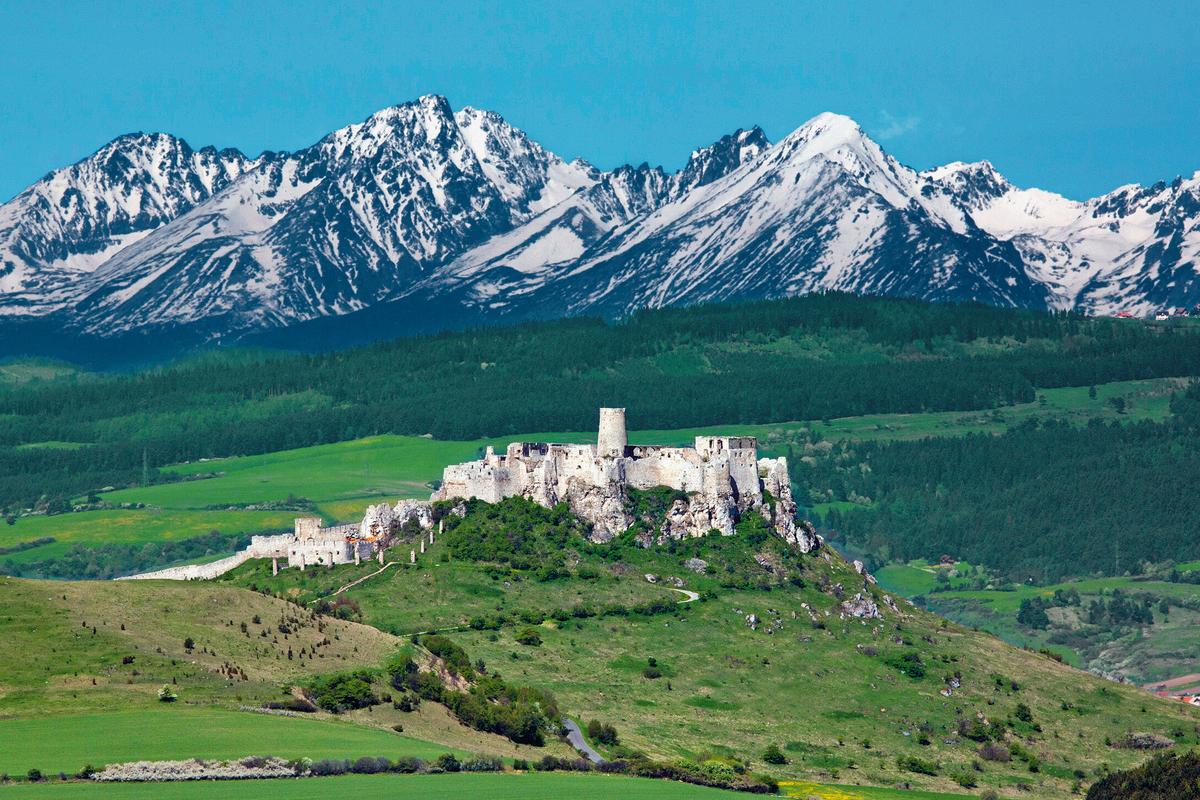 Spiš Castle (source: Peter Baňas (Spectauclar Slovakia))
Spiš Castle (source: Peter Baňas (Spectauclar Slovakia))
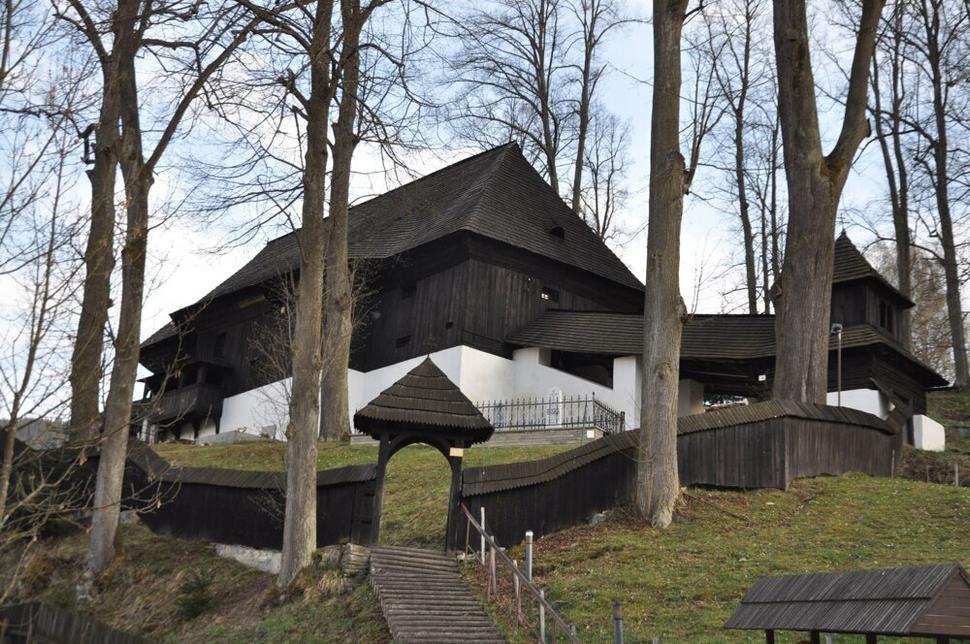 Wooden church in Leštiny (source: Martin Pavelek)
Wooden church in Leštiny (source: Martin Pavelek)
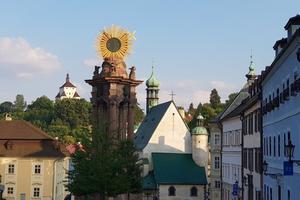
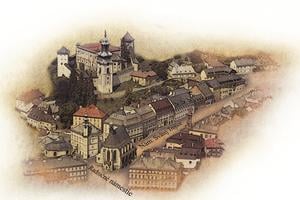
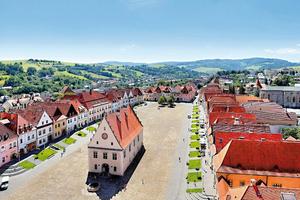
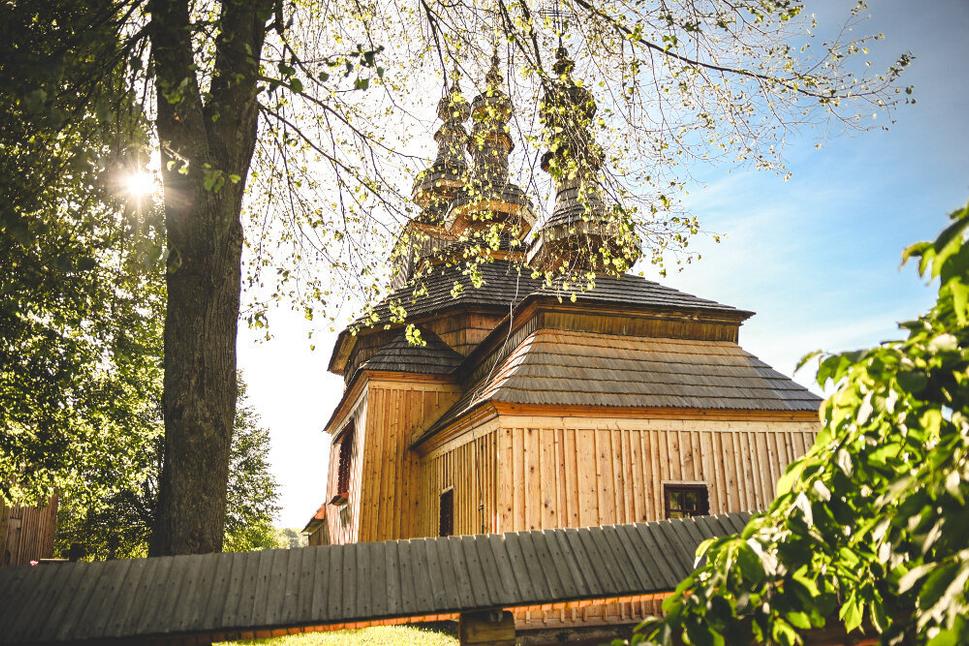 Wooden church in Ladomirová (source: Andrea Cuperová/KOCR Severovýchod Slovensk)
Wooden church in Ladomirová (source: Andrea Cuperová/KOCR Severovýchod Slovensk)
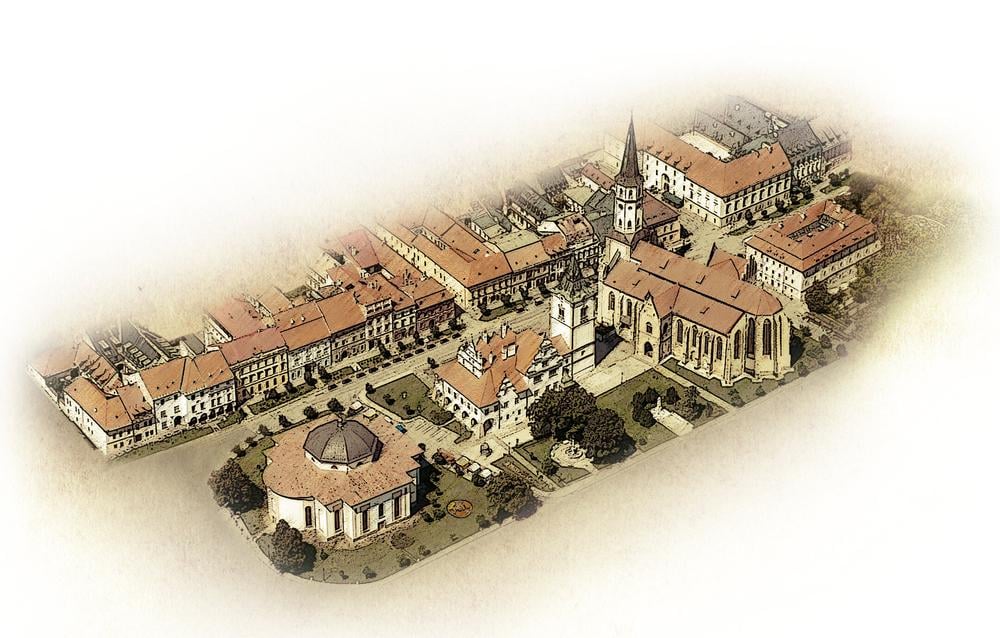 Historical centre in Levoča (source: Spectacular Slovakia)
Historical centre in Levoča (source: Spectacular Slovakia)
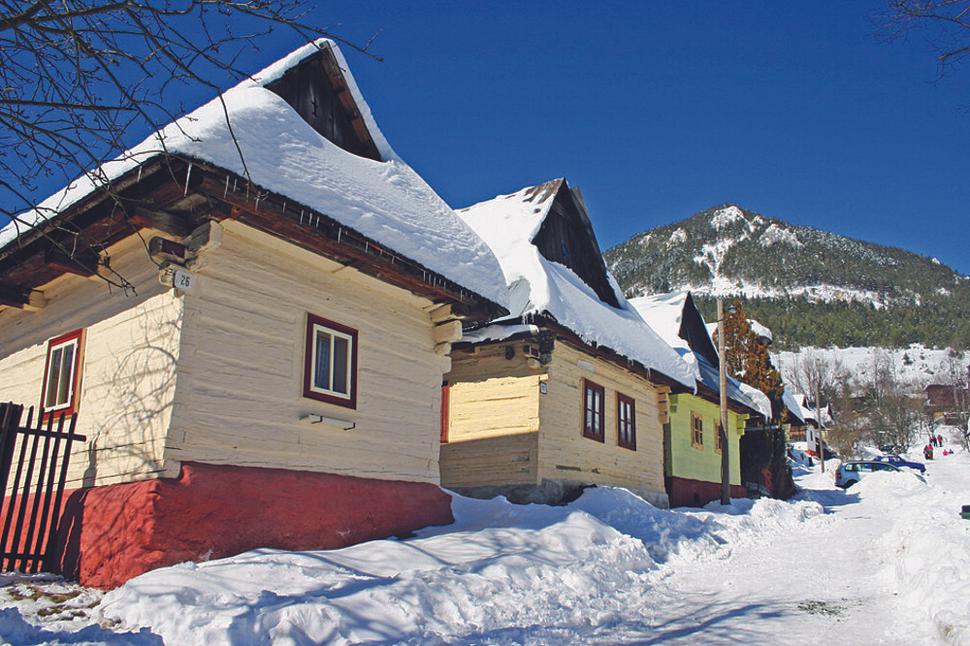 Vlkolínec (source: Mesto Ružomberok)
Vlkolínec (source: Mesto Ružomberok)

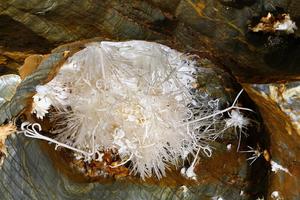
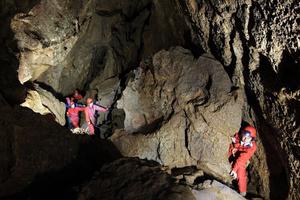
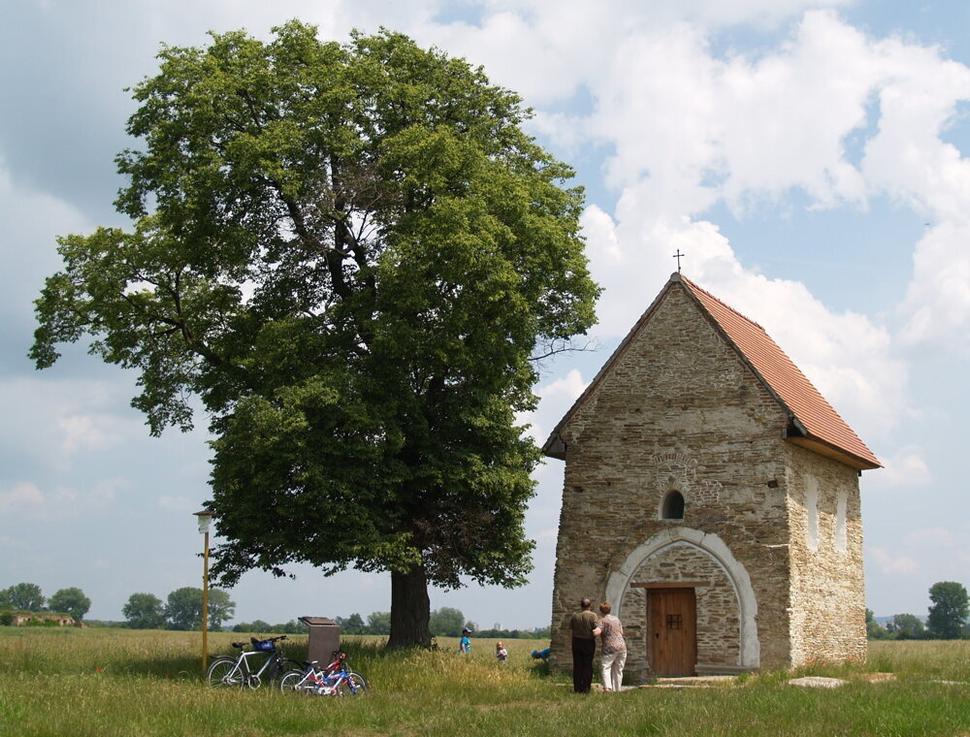 Church of St Margaret of Antioch in Kopčany (source: Vlado Miček)
Church of St Margaret of Antioch in Kopčany (source: Vlado Miček)